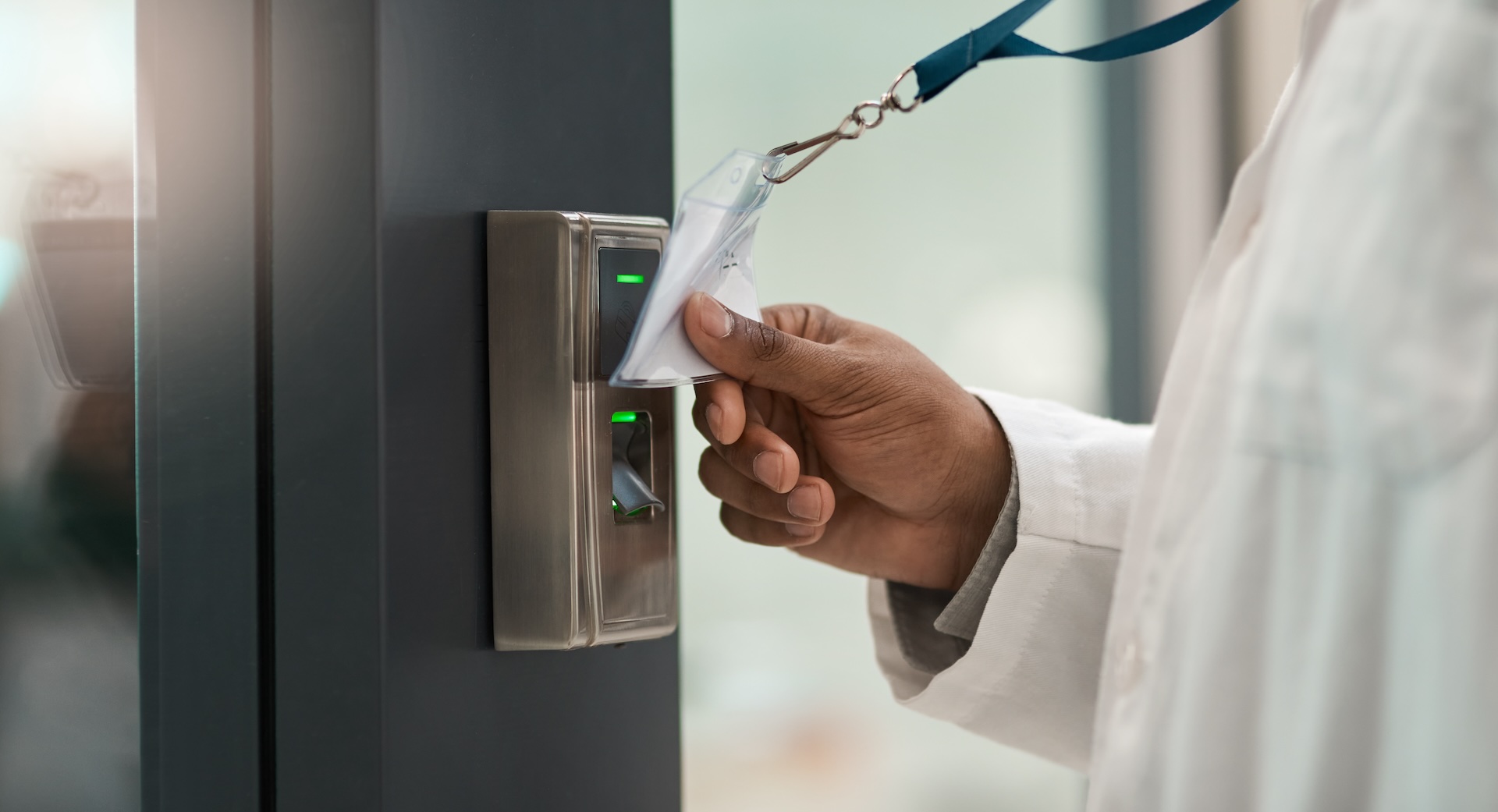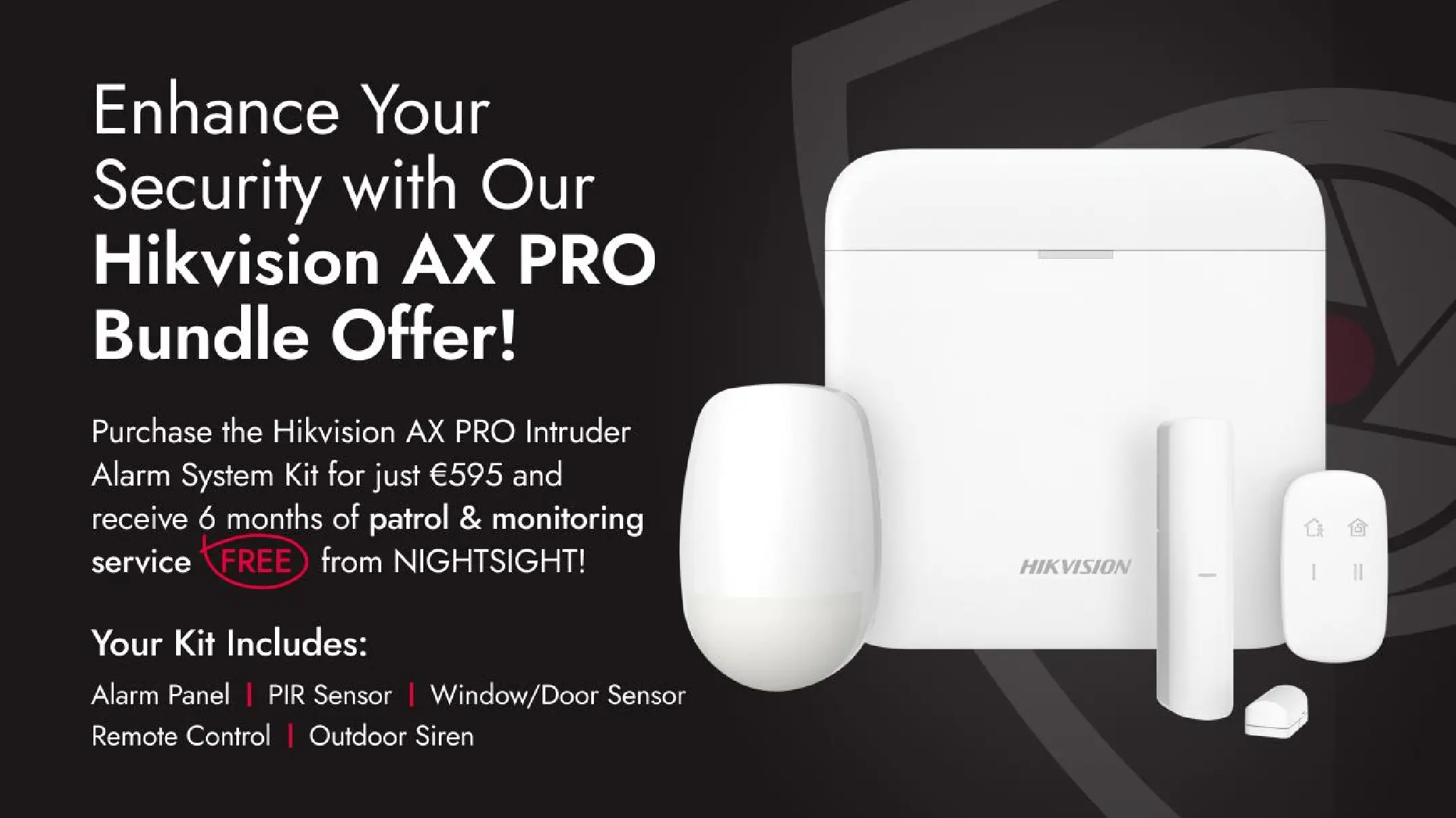At NIGHTSIGHT, we recognize the complex security challenges that businesses encounter, necessitating sophisticated solutions to safeguard assets, employees, and customers. Security surveillance systems are integral to this strategy, providing crucial monitoring capabilities that help deter potential threats.
Yet, the presence of surveillance cameras alone is insufficient. Implementing robust access controls is vital for strengthening overall security measures. Access control systems are designed to manage and restrict who can enter specific areas or access valuable resources within a facility.
Let’s explore the various types of access controls integrated into our security systems and discuss how business owners can effectively utilize these tools to fortify their security strategies.
Physical Access Control
At NIGHTSIGHT, we emphasize stringent physical access control measures, which restrict entry to specific buildings, rooms, or zones within a facility. Our systems incorporate advanced technology such as keycard entry, biometric scans including fingerprint and facial recognition, and personal identification number (PIN) codes. These measures are crucial in ensuring that only authorized personnel have entry to sensitive areas, thus mitigating the risk of unauthorized access or security breaches.
Logical Access Control
Diverging from physical constraints, our logical access control mechanisms focus on regulating access to digital assets like computer systems, networks, and databases. We employ robust authentication protocols including usernames, passwords, multi-factor authentication (MFA), and cutting-edge encryption technologies. By implementing these controls, we prevent unauthorized access to sensitive information, thereby protecting the integrity and confidentiality of your data.
Role-Based Access Control (RBAC)
Our RBAC system is designed around a policy-driven access model, where permissions are granted according to an individual’s role within an organization. For instance, individuals in administrative capacities might possess higher access privileges compared to other employees. This system not only aligns access permissions with job responsibilities but also minimizes the risk of unauthorized operations or potential data breaches.
Time-Based Access Control
We also implement time-based access control, which limits access to certain facilities or data based on predefined schedules. For example, access to office spaces might be restricted to standard business hours, with stringent controls after hours. This type of control is particularly effective in enhancing security during vulnerable periods, such as nighttime or weekends.
Conclusion
Access control is a cornerstone of effective security systems, essential for ensuring that only authorized individuals can access specific resources or areas within a premises. Our team of experts at NIGHTSIGHT is eager to provide a free consultation and develop a tailored security strategy for your project. Contact us today to schedule a free expert consultation!

